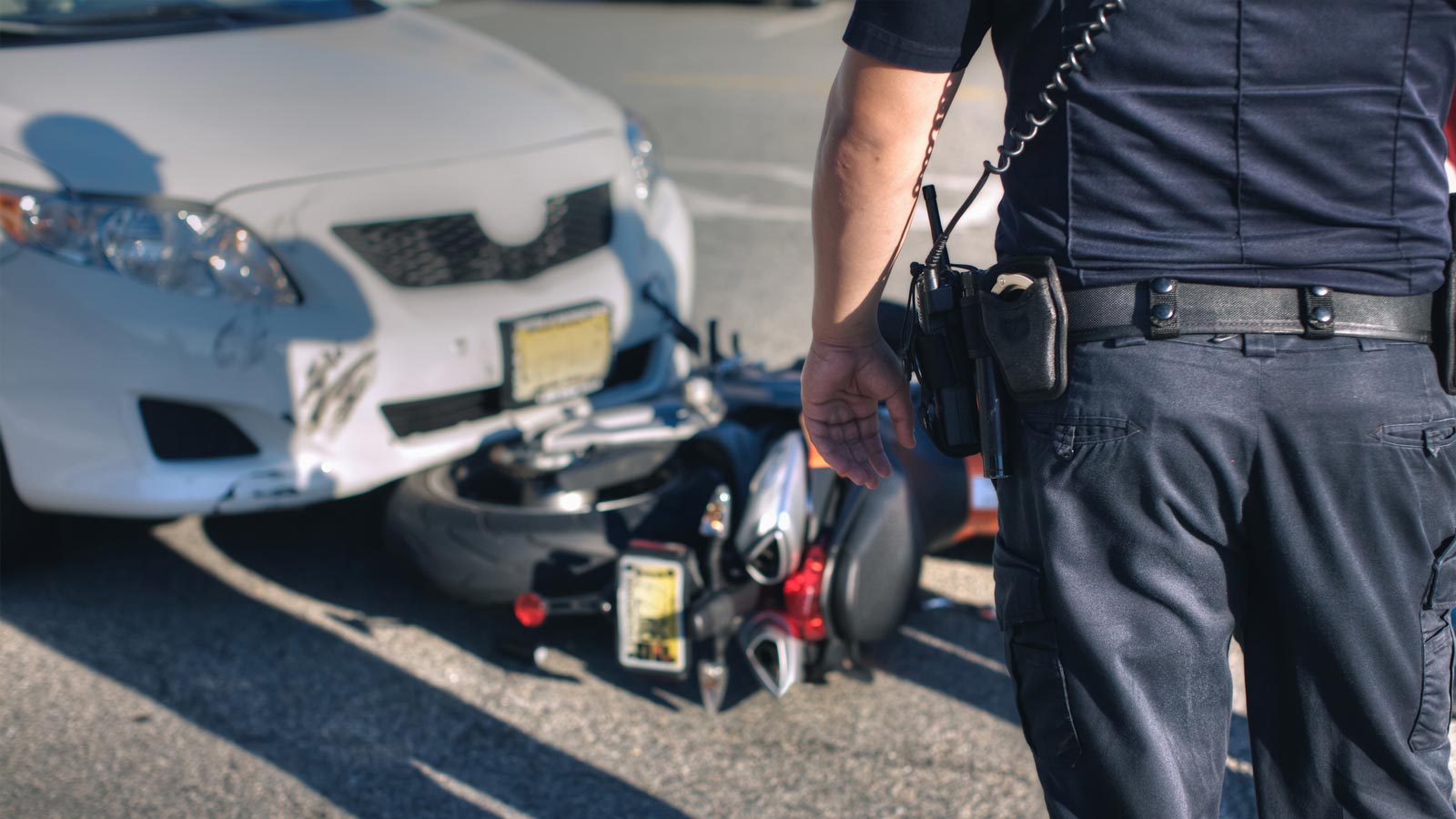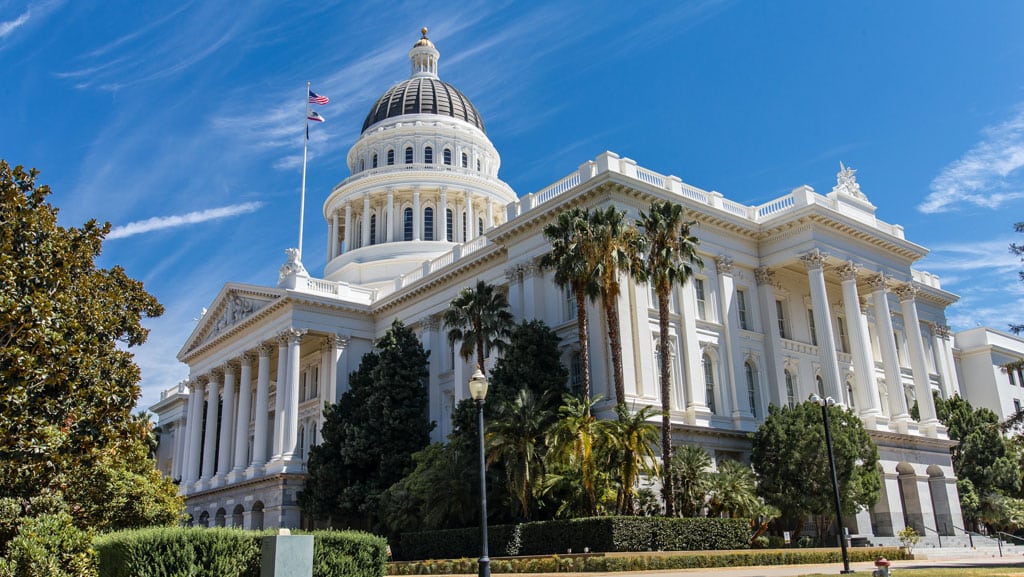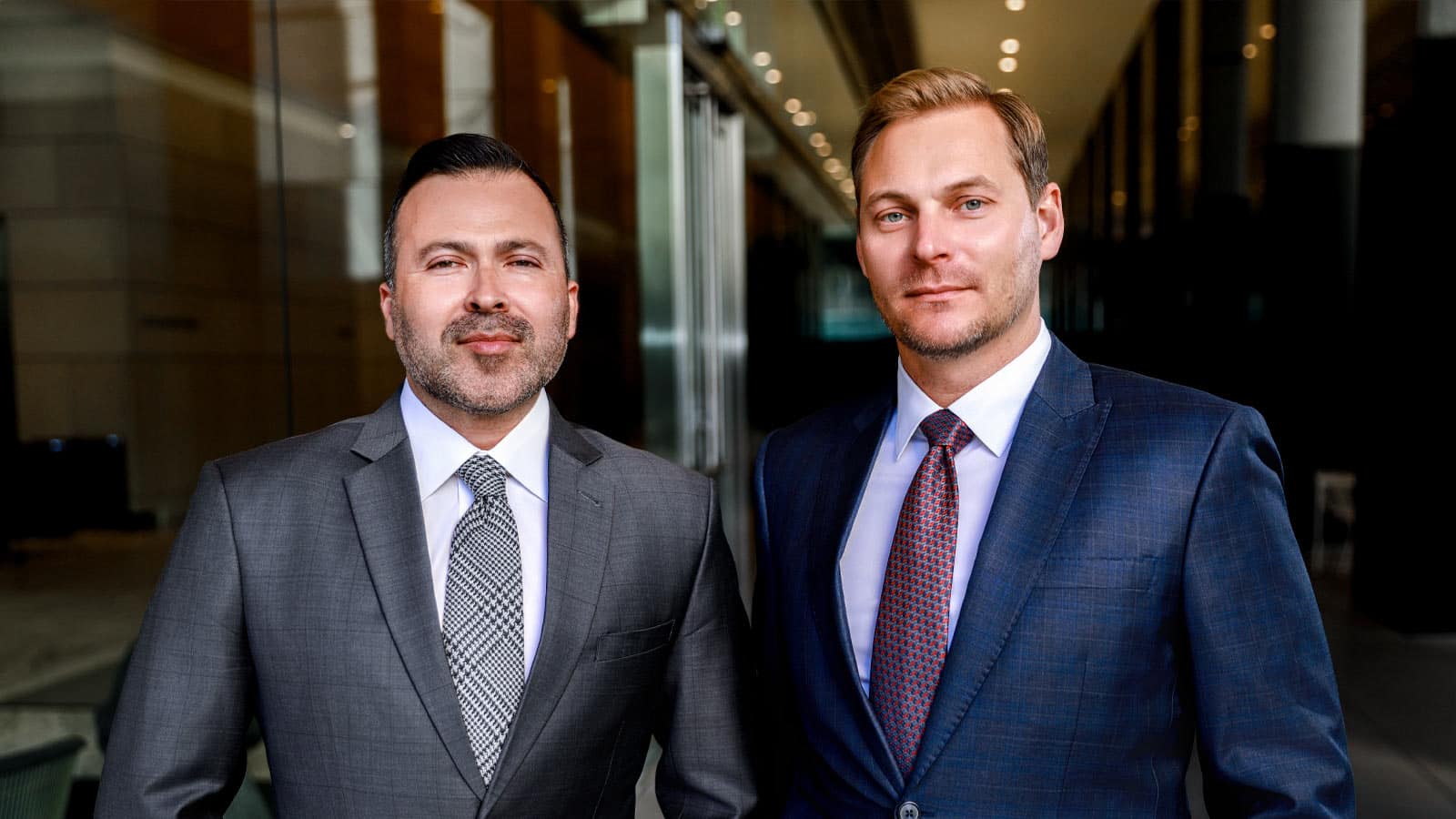Auto accidents are an all-too-common occurrence on roads and highways around the world, resulting in injuries, fatalities, and significant property damage. When accidents happen, determining what exactly occurred and who is at fault can be a complex puzzle. This is where accident reconstruction comes into play—a vital process that utilizes tools and techniques to piece together the events leading up to an accident.
In the wake of an auto accident, understanding the tools and techniques used in accident reconstruction is essential for uncovering the truth, establishing liability, and seeking justice for victims. By delving into the world of accident reconstruction, we can gain insights into how experts analyze the evidence, reconstruct the sequence of events, and provide invaluable testimony in legal proceedings.
Throughout this article, we will explore the role of accident reconstruction in investigating auto accidents, the tools and technology employed by reconstructionists, the techniques used for analysis and simulation, the importance of expert testimony, and the challenges and limitations of the process. By shedding light on these topics, we aim to demystify accident reconstruction and underscore its significance in understanding the complexities of auto accidents.
As advocates for victims of auto accidents, Blair & Ramirez LLP recognizes the critical role that accident reconstruction plays in our legal system. We are committed to staying at the forefront of developments in accident reconstruction technology and methodology to provide our clients with the most effective representation possible. In the following sections, we will delve deeper into the world of accident reconstruction, exploring the tools, techniques, and implications for victims of auto accidents.
The Role of Accident Reconstruction
Accident reconstruction serves as a cornerstone in the investigation of auto accidents, offering invaluable insights into the events leading up to a collision. At its core, accident reconstruction involves the systematic analysis of physical evidence, witness statements, and other data to recreate the sequence of events and dynamics of an accident. By reconstructing the accident scene, experts can uncover critical details, such as vehicle speeds, points of impact, and contributing factors, which are essential for determining liability and understanding the circumstances surrounding the accident.
Accident reconstructionists play a pivotal role in this process, applying their expertise in engineering, physics, and forensic science to piece together the puzzle of an accident. They meticulously examine the evidence collected from the scene, including skid marks, vehicle damage, road conditions, and debris patterns, to reconstruct the movements and interactions of the vehicles involved. Through advanced analytical techniques and simulations, they strive to unravel the mystery of how and why the accident occurred.
One of the primary objectives of accident reconstruction is to establish causation—the link between the actions or negligence of one or more parties and the resulting collision. By analyzing factors such as vehicle trajectories, braking distances, and impact forces, reconstructionists can infer the sequence of events leading up to the accident and determine the actions or behaviors that contributed to its occurrence. This information is crucial for assigning responsibility and determining legal liability in civil and criminal proceedings.
Moreover, accident reconstruction serves as a valuable tool for evaluating the effectiveness of safety measures and identifying opportunities for prevention. By studying the circumstances of accidents and their outcomes, researchers can gain insights into the effectiveness of safety features, road design elements, and traffic regulations in mitigating the risk of collisions. This knowledge can inform the development of strategies and interventions aimed at reducing the incidence and severity of auto accidents in the future.
In the realm of legal proceedings, the findings of accident reconstruction carry significant weight, often serving as crucial evidence in litigation and insurance claims. Expert testimony from reconstructionists can help clarify complex technical issues, educate jurors and judges, and provide a clear understanding of the events leading up to the accident. Their analyses and conclusions can influence the outcome of cases, affecting matters such as liability determinations, settlement negotiations, and jury verdicts.
Overall, accident reconstruction plays a vital role in unraveling the mysteries of auto accidents, providing clarity, understanding, and accountability in the aftermath of collisions. By employing advanced tools and techniques, reconstructionists strive to uncover the truth behind accidents, empower victims to seek justice, and contribute to the ongoing efforts to improve roadway safety for all. In the subsequent sections, we will delve deeper into the tools and techniques used in accident reconstruction, exploring how they enable experts to unravel the complexities of auto accidents with precision and accuracy.

Tools of the Trade: Technology in Accident Reconstruction
Crash Data Recorders (Black Boxes):
3D Scanning and Mapping Technology:
Photogrammetry Software:
Vehicle Simulation Software:
Other Tools and Equipment:
In addition to these advanced technological tools, accident reconstructionists may utilize a variety of other equipment and resources to gather and analyze data from accident scenes. This may include measuring devices such as total stations and laser rangefinders for capturing precise measurements, as well as vehicle inspection tools for examining damage patterns and mechanical failures. Reconstructionists may also employ drones for aerial photography and surveying, providing additional perspectives and insights into accident scenes.
By harnessing the power of these technological tools and resources, accident reconstructionists can unravel the complexities of auto accidents with unprecedented accuracy and detail. From analyzing black box data to creating immersive 3D reconstructions, these tools enable experts to uncover critical evidence, identify contributing factors, and provide invaluable insights into the dynamics of accidents. In the subsequent sections, we will explore the techniques used by reconstructionists to analyze data and simulate accidents, delving into the intricacies of accident reconstruction with precision and expertise.
Techniques for Analysis and Simulation
Vehicle Motion Analysis:
Momentum and Energy Analysis:
Time-Distance Analysis:
Damage Analysis:
Human Factors Analysis:
In addition to analyzing vehicle dynamics and physical evidence, accident reconstructionists also consider human factors such as driver behavior, perception-reaction times, and cognitive abilities. By examining factors such as driver visibility, attentiveness, and response to hazards, reconstructionists can assess the role of human factors in contributing to accidents. This analysis helps to establish causation and liability by determining whether driver actions or errors played a significant role in the collision.
By employing these techniques and methodologies, accident reconstructionists can decrypt the dynamics of auto accidents with precision and expertise, providing critical insights into the sequence of events leading up to a collision and the factors contributing to its occurrence. Through rigorous analysis and simulation, reconstructionists strive to uncover the truth behind accidents, empower victims to seek justice, and contribute to efforts to improve roadway safety for all. In the subsequent sections, we will explore the importance of expert testimony and legal proceedings in the context of accident reconstruction, highlighting the role of reconstructionists in advocating for victims of auto accidents.

Expert Testimony and Legal Proceedings
Expert Witness Testimony:
Interpretation of Evidence:
Simulation and Visualization:
Impact on Legal Outcomes:
Advocacy for Victims:
Above all, accident reconstructionists serve as advocates for victims of auto accidents, helping to ensure that their voices are heard and their rights are protected in legal proceedings. By uncovering the truth behind accidents and shedding light on the factors contributing to their occurrence, reconstructionists empower victims to seek justice and hold negligent parties accountable for their actions. Their dedication to thorough investigation, rigorous analysis, and unbiased testimony strengthens the pursuit of justice and promotes accountability in the aftermath of auto accidents.
In conclusion, the expertise and testimony of accident reconstructionists play a crucial role in legal proceedings related to auto accidents, providing clarity, understanding, and accountability in the pursuit of justice. By offering their professional opinions, interpreting evidence, and advocating for victims, reconstructionists help to ensure that legal outcomes are based on a thorough understanding of the facts and the principles of scientific inquiry. At Blair & Ramirez LLP, we recognize the importance of expert testimony in advocating for victims of auto accidents, and we are committed to working with skilled reconstructionists to seek justice and compensation for our clients.
Challenges and Limitations
Availability and Reliability of Data:
Interpretation of Evidence:
Variability in Human Factors:
Limitations of Simulation Models:
Conflicting Testimony and Expert Opinions:
In legal proceedings, conflicting testimony and expert opinions can complicate the process of accident reconstruction and introduce uncertainty into the outcome of cases. Reconstructionists may offer diverging interpretations of the evidence or reach different conclusions based on their analysis. This can lead to disagreements among experts and challenges for judges and jurors in evaluating the credibility and reliability of expert testimony. Resolving conflicting opinions requires careful consideration of the evidence and a thorough understanding of the underlying technical issues.
While accident reconstruction faces these challenges and limitations, it remains a valuable tool for investigating auto accidents, uncovering critical evidence, and seeking justice for victims. By acknowledging these challenges and adopting rigorous methodologies and analytical techniques, reconstructionists can mitigate uncertainties and provide reliable insights into the dynamics of accidents. At Blair & Ramirez LLP, we recognize the complexities of accident reconstruction and work with skilled experts to ensure that our clients receive the thorough investigation and rigorous analysis necessary to pursue their legal rights effectively.

Leveraging Accident Reconstruction for Advocacy and Justice
In the intricate world of auto accidents, accident reconstruction stands as a beacon of clarity, offering insights into the events leading up to collisions and providing critical evidence for seeking justice. Despite the challenges and limitations inherent in the process, reconstructionists harness a multitude of tools and techniques to unravel the complexities of accidents and advocate for victims' rights.
From analyzing black box data to simulating collision dynamics, reconstructionists delve deep into the details of each case, piecing together the puzzle of what transpired on the road. They leverage advanced technology, interpret evidence with precision, and navigate the uncertainties of human behavior to reconstruct the sequence of events leading up to an accident accurately. In the courtroom, their expert testimony serves as a cornerstone of legal proceedings, illuminating the facts, educating decision-makers, and advocating for victims' rights.
At Blair & Ramirez LLP, we understand the profound impact that auto accidents can have on individuals and families. That's why we're committed to leveraging the findings of accident reconstruction to fight for our clients' rights and pursue the justice they deserve. By partnering with skilled reconstructionists, we meticulously analyze the evidence, challenge opposing viewpoints, and advocate zealously on behalf of our clients. We use the insights gleaned from accident reconstruction to build compelling cases, negotiate favorable settlements, and, if necessary, litigate aggressively in court.
If you've been involved in an auto accident in Los Angeles, don't face the complexities of the legal system alone. Contact Blair & Ramirez LLP today for a free consultation. Our experienced team of attorneys is here to listen to your story, assess your case, and provide the guidance and advocacy you need to pursue your legal rights effectively. Let us help you navigate the aftermath of your accident and work tirelessly to secure the compensation and justice you deserve.


